2002 Mazda B3000 Brake Rotors and Pads
Click here to search another vehicle
All Rotors:
OEM x
Coated x
Drilled, Slotted and Coated x
Front x
Rear x
All Pads:
Ceramic x
Semi-metallic x
Front x
Rear x
Found 12 record
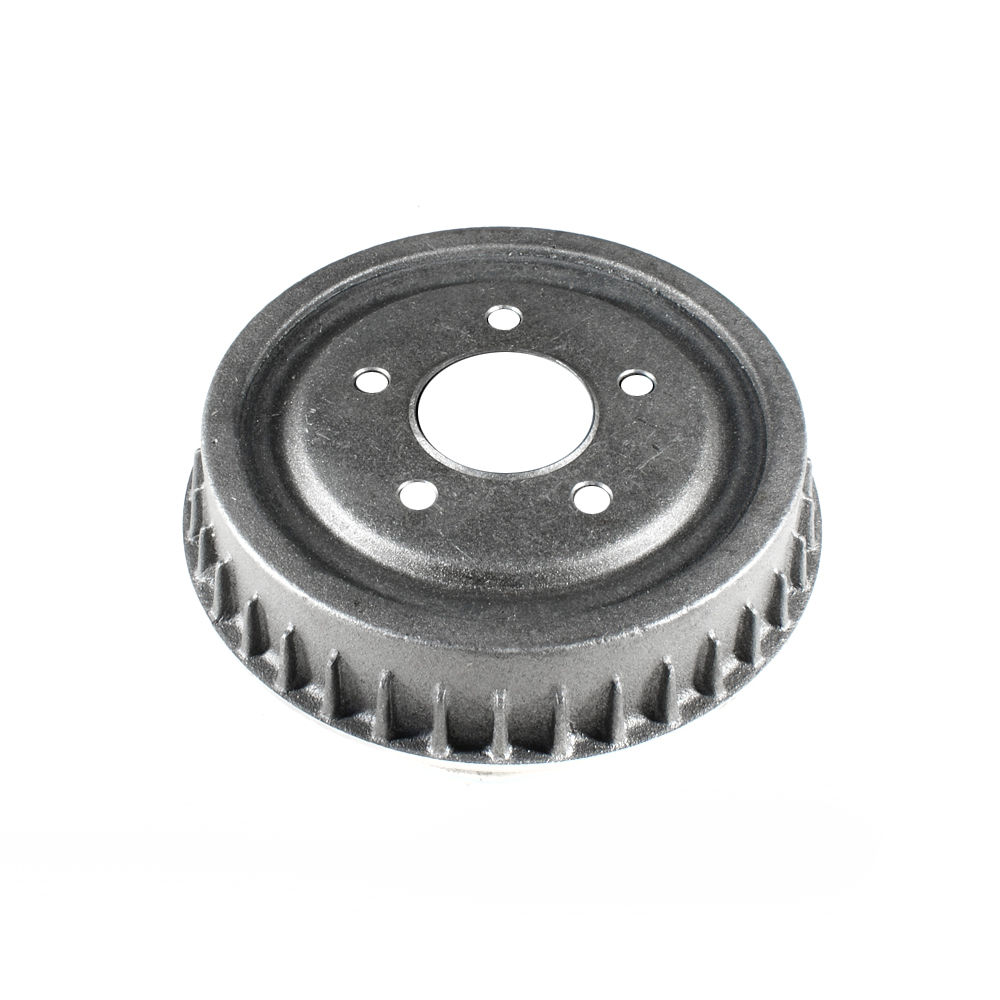
Part No: BD80036
Raybestos: 9651
OE: F87Z1126BA
Raybestos: 9651
OE: F87Z1126BA
$38.84 each
Per Car QTY: 2
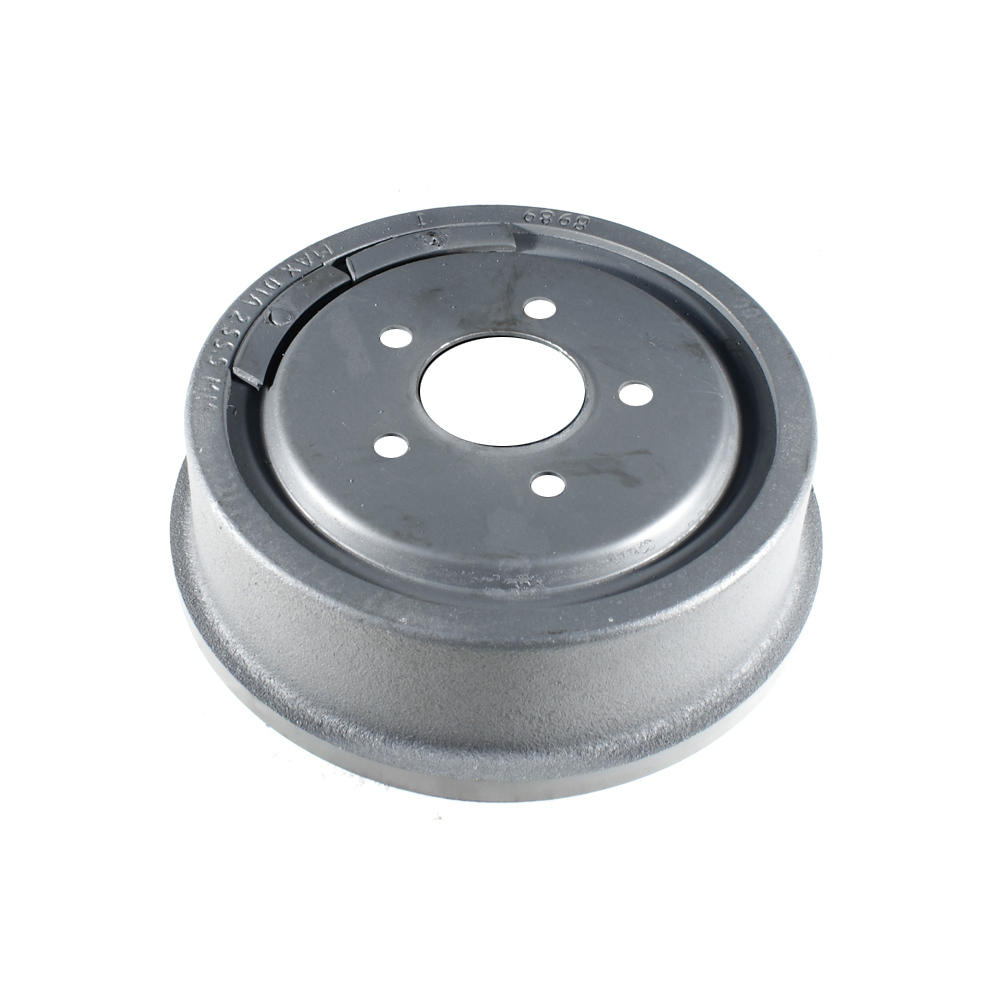
Part No: BD8989
Raybestos: 9498
OE: F07Z1126A
Raybestos: 9498
OE: F07Z1126A
$54.41 each
Per Car QTY: 2
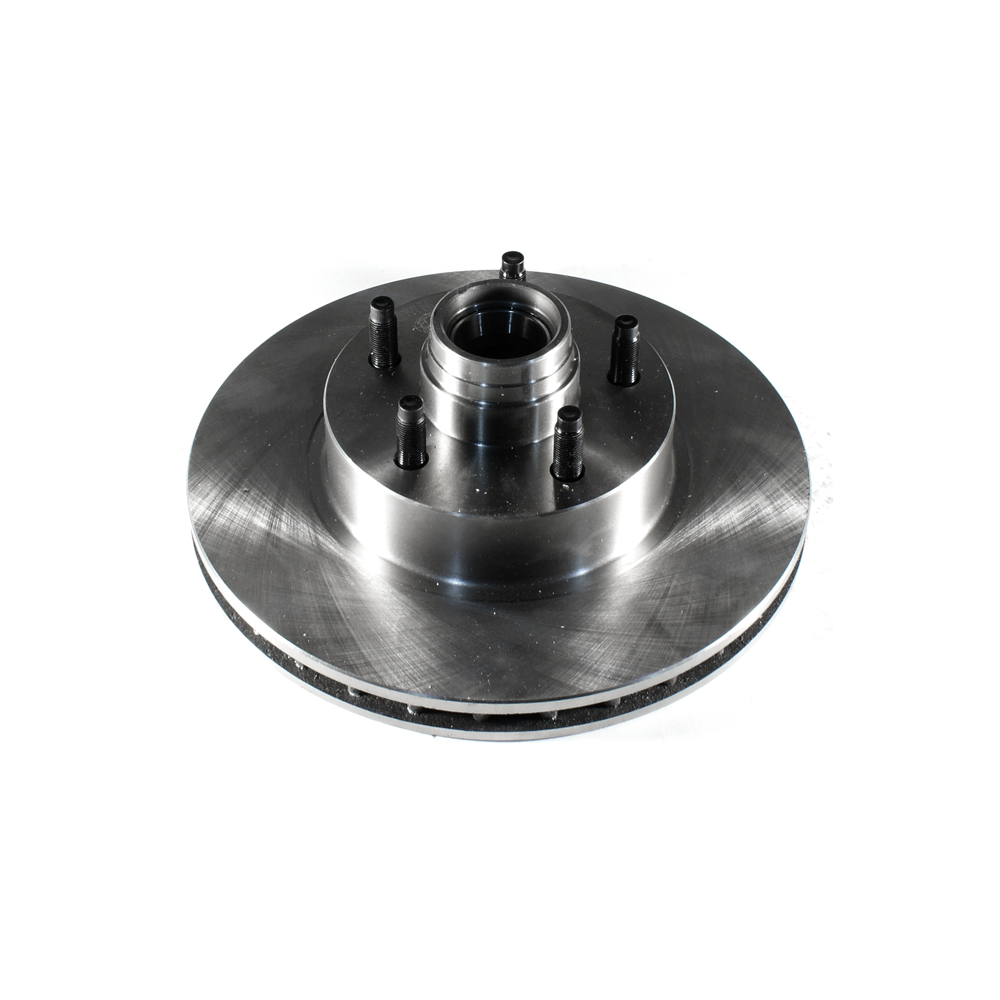
Part No: BR54029
Raybestos: 66597
OE: F5TZ1102H
Raybestos: 66597
OE: F5TZ1102H
$68.11 each
Per Car QTY: 2
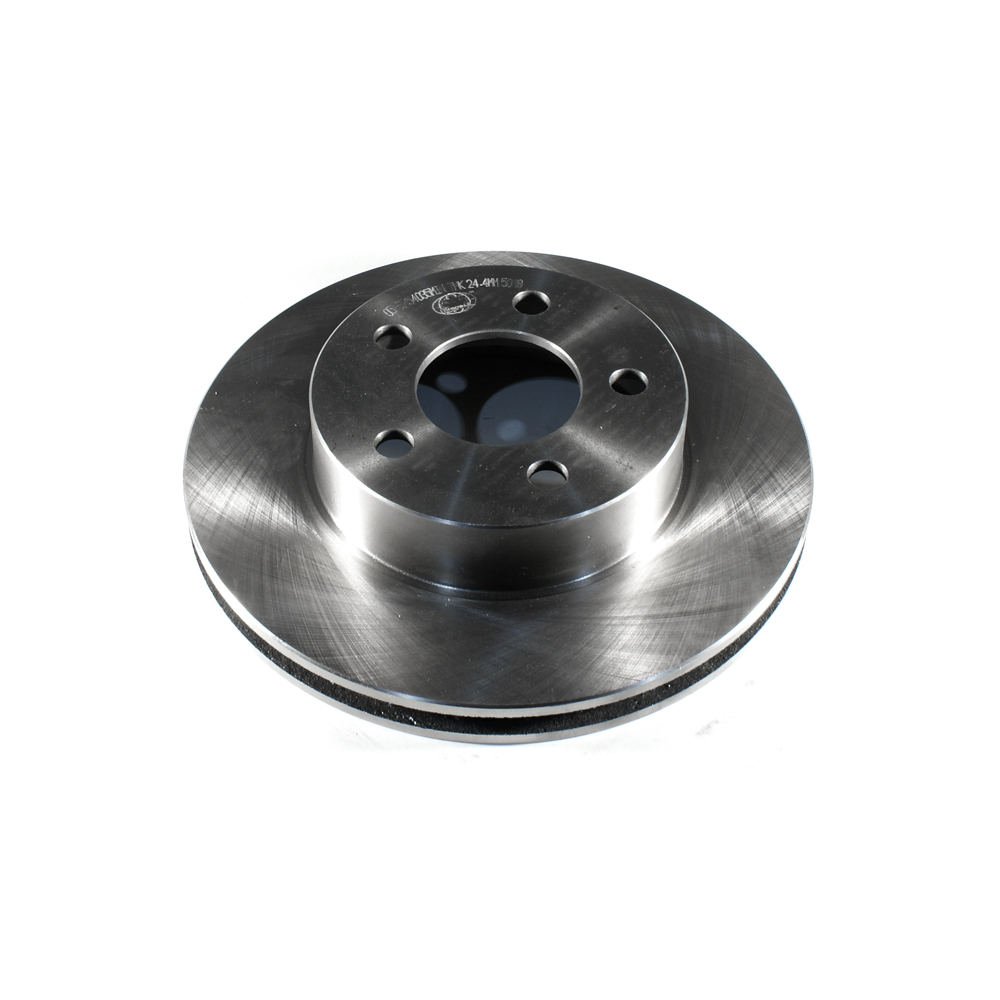
Part No: BR54035
Raybestos: 66576
OE: F5TZ1125A
Raybestos: 66576
OE: F5TZ1125A
$32.02 each
Per Car QTY: 2
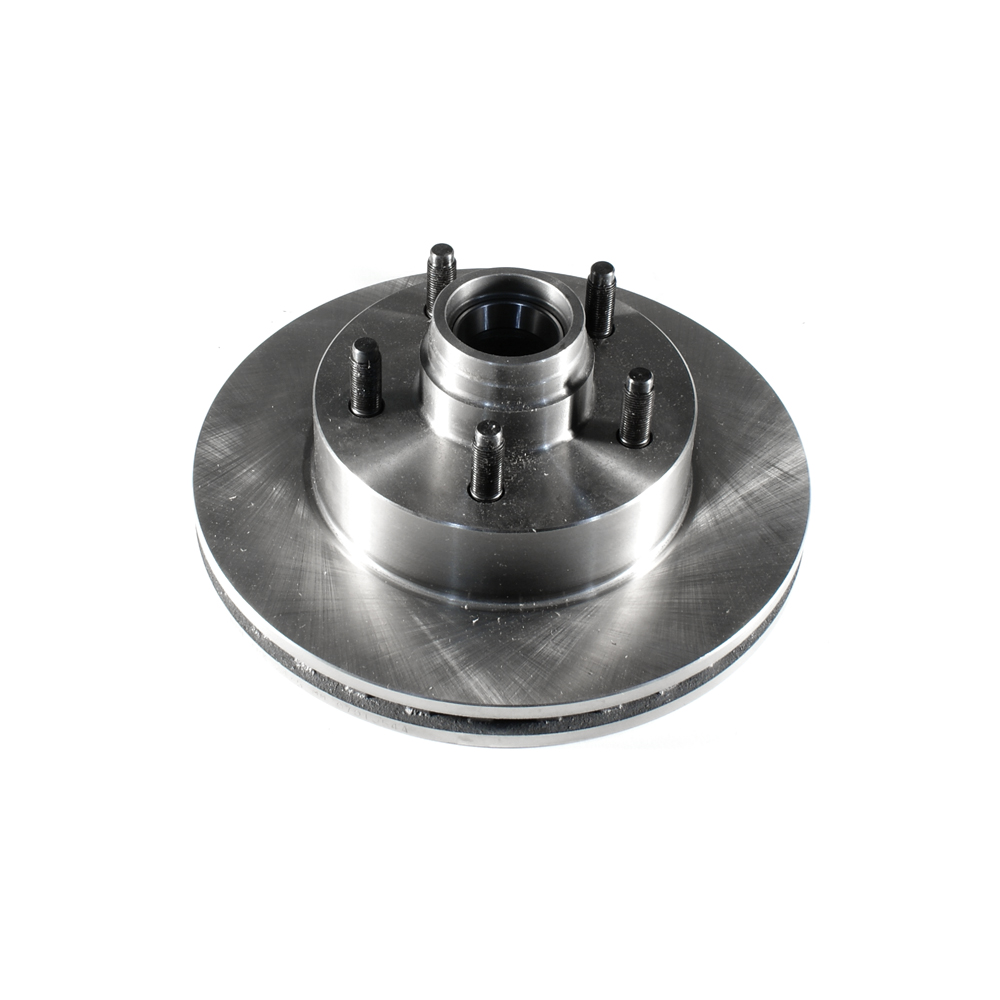
Part No: BR54059
Raybestos: 66673
OE: F87Z1102CB
Raybestos: 66673
OE: F87Z1102CB
$51.46 each
Per Car QTY: 2
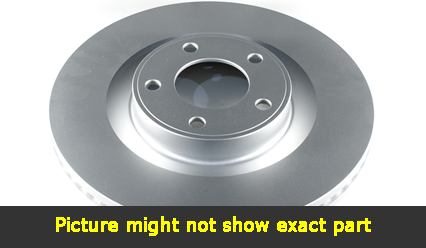
Part No: PP54029
Raybestos: 66597
OE: F5TZ1102H
Raybestos: 66597
OE: F5TZ1102H
$80.42 each
Per Car QTY: 2
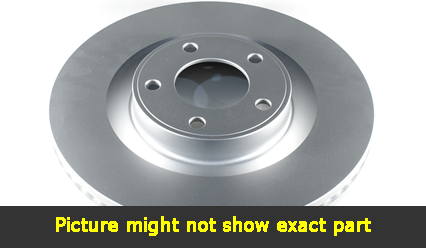
Part No: PP54035
Raybestos: 66576
OE: F5TZ1125A
Raybestos: 66576
OE: F5TZ1125A
$45.45 each
Per Car QTY: 2
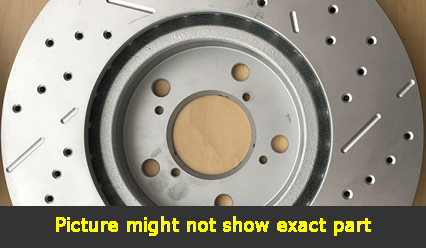
Part No: SP54029L
Raybestos: 66597
OE: F5TZ1102H
Raybestos: 66597
OE: F5TZ1102H
$116.87 each
Per Car QTY: 1
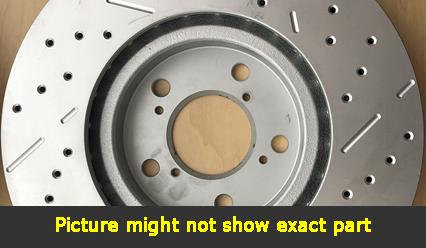
Part No: SP54029R
Raybestos: 66597
OE: F5TZ1102H
Raybestos: 66597
OE: F5TZ1102H
$116.87 each
Per Car QTY: 1
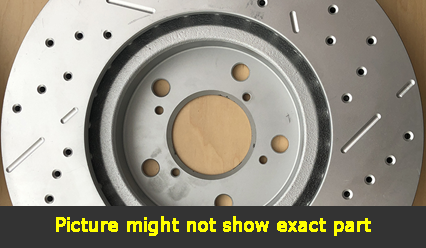
Part No: SP54035L
Raybestos: 66576
OE: F5TZ1125A
Raybestos: 66576
OE: F5TZ1125A
$77.85 each
Per Car QTY: 1
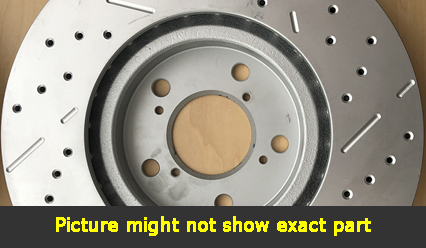
Part No: SP54035R
Raybestos: 66576
OE: F5TZ1125A
Raybestos: 66576
OE: F5TZ1125A
$77.85 each
Per Car QTY: 1
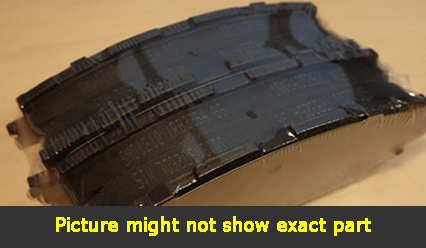
Part No: SMD652
Raybestos:
OE:
Raybestos:
OE:
$22.9 each
Per Car QTY: 1
Brakes are an essential safety feature of any vehicle, and they play a vital role in ensuring the driver's and passenger's safety. Today, we will be discussing the brake system specifically designed for the 2002 Mazda B3000. This pickup truck deserves reliable brakes that can handle its power and provide smooth and controlled stops.
The 2002 Mazda B3000 comes equipped with a hydraulic brake system, which is widely recognized for its effectiveness and dependability. The hydraulic system consists of various components working together to convert the brake pedal's force into stopping power.
Starting with the brake pedal itself, it is the driver's input that initiates the stopping process. When the driver presses the brake pedal, it pushes a piston in the brake master cylinder, which increases the hydraulic pressure in the entire brake system.
The brake master cylinder is connected to four brake calipers, one for each wheel of the vehicle, via brake lines. These calipers enclose brake Pistons that are connected to the brake pads. When the hydraulic pressure from the master cylinder reaches the brake calipers, it forces the Pistons to push against the brake pads.
This action generates friction against the brake rotors. The 2002 Mazda B3000 is equipped with ventilated front disc brakes and self-adjusting rear drum brakes. The disc brakes provide superior stopping power and are more resistant to fading under heavy use. Moreover, the front disc brakes aid in heat dissipation, preventing the brakes from overheating and compromising their performance.
The rear drum brakes on the 2002 Mazda B3000 are designed to be self-adjusting. This ensures that the brake shoes maintain the optimal distance from the brake drums as they wear down over time. This feature contributes to consistent braking performance throughout the life of the brake shoes.
To enhance safety, the 2002 Mazda B3000 is equipped with an anti-lock braking system (ABS). ABS prevents the wheels from locking up during sudden or hard braking, allowing the driver to maintain steering control. This technology relies on wheel speed sensors that monitor each wheel's rotational speed. If the system detects that a wheel is about to lock up, it reduces brake pressure to that wheel, preventing a skid and ensuring optimum braking performance.
Regular maintenance of the brake system is crucial to ensure its optimal performance and longevity. It is recommended to have the brake fluid flushed and replaced at regular intervals, typically every 2 years or 30,000 miles. This helps maintain the hydraulic system's efficiency and prevents the build-up of moisture, which can degrade brake performance.
Furthermore, inspecting the brake pads, rotors, and drums for wear and tear is essential. Worn-out brake components should be replaced promptly to ensure the vehicle's safety. It is advisable to have a qualified technician inspect and service the brakes regularly, as they possess the necessary expertise and tools to identify any potential issues and provide appropriate solutions.
In conclusion, the braking system of the 2002 Mazda B3000 is a crucial safety feature that provides reliable stopping power. With a hydraulic brake system, ventilated front disc brakes, self-adjusting rear drum brakes, and an anti-lock braking system, this pickup truck has all the necessary components to ensure controlled and safe stops. However, regular maintenance and inspection of the brake system are essential to ensure its optimal performance and extend its lifespan.
The 2002 Mazda B3000 comes equipped with a hydraulic brake system, which is widely recognized for its effectiveness and dependability. The hydraulic system consists of various components working together to convert the brake pedal's force into stopping power.
Starting with the brake pedal itself, it is the driver's input that initiates the stopping process. When the driver presses the brake pedal, it pushes a piston in the brake master cylinder, which increases the hydraulic pressure in the entire brake system.
The brake master cylinder is connected to four brake calipers, one for each wheel of the vehicle, via brake lines. These calipers enclose brake Pistons that are connected to the brake pads. When the hydraulic pressure from the master cylinder reaches the brake calipers, it forces the Pistons to push against the brake pads.
This action generates friction against the brake rotors. The 2002 Mazda B3000 is equipped with ventilated front disc brakes and self-adjusting rear drum brakes. The disc brakes provide superior stopping power and are more resistant to fading under heavy use. Moreover, the front disc brakes aid in heat dissipation, preventing the brakes from overheating and compromising their performance.
The rear drum brakes on the 2002 Mazda B3000 are designed to be self-adjusting. This ensures that the brake shoes maintain the optimal distance from the brake drums as they wear down over time. This feature contributes to consistent braking performance throughout the life of the brake shoes.
To enhance safety, the 2002 Mazda B3000 is equipped with an anti-lock braking system (ABS). ABS prevents the wheels from locking up during sudden or hard braking, allowing the driver to maintain steering control. This technology relies on wheel speed sensors that monitor each wheel's rotational speed. If the system detects that a wheel is about to lock up, it reduces brake pressure to that wheel, preventing a skid and ensuring optimum braking performance.
Regular maintenance of the brake system is crucial to ensure its optimal performance and longevity. It is recommended to have the brake fluid flushed and replaced at regular intervals, typically every 2 years or 30,000 miles. This helps maintain the hydraulic system's efficiency and prevents the build-up of moisture, which can degrade brake performance.
Furthermore, inspecting the brake pads, rotors, and drums for wear and tear is essential. Worn-out brake components should be replaced promptly to ensure the vehicle's safety. It is advisable to have a qualified technician inspect and service the brakes regularly, as they possess the necessary expertise and tools to identify any potential issues and provide appropriate solutions.
In conclusion, the braking system of the 2002 Mazda B3000 is a crucial safety feature that provides reliable stopping power. With a hydraulic brake system, ventilated front disc brakes, self-adjusting rear drum brakes, and an anti-lock braking system, this pickup truck has all the necessary components to ensure controlled and safe stops. However, regular maintenance and inspection of the brake system are essential to ensure its optimal performance and extend its lifespan.


